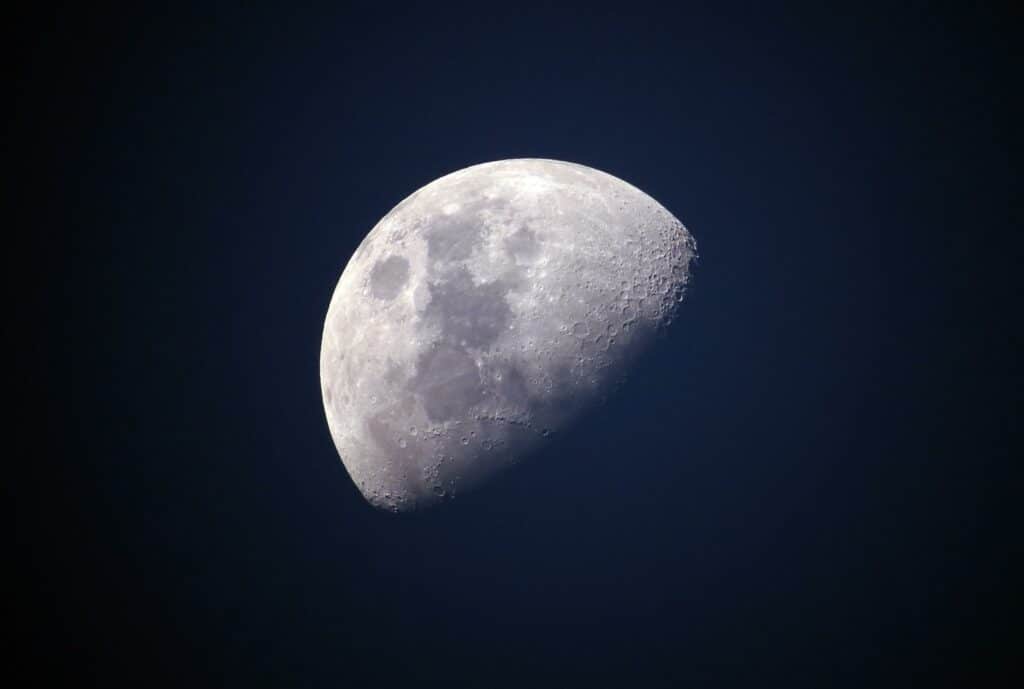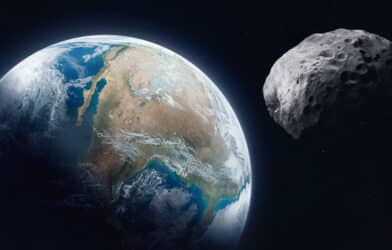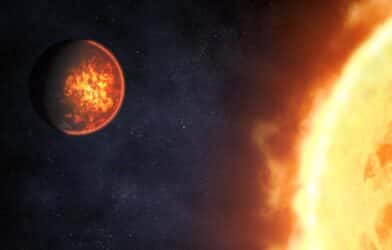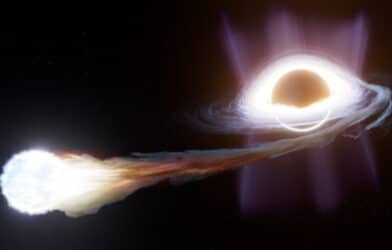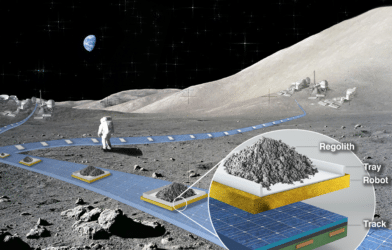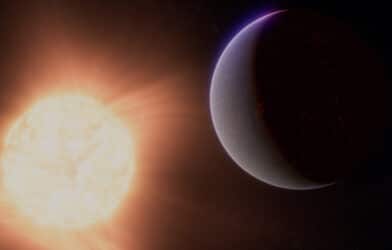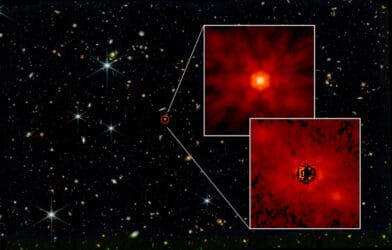Scientists have unlocked a new understanding of the Moon’s surface. It turns out those iconic craters that we’ve long dubbed the “Man on the Moon” are significantly older than previously thought. By significant — we mean around 200 million years.
Researchers hailing from Norway and France reached this important conclusion by harmonizing and recalibrating two conflicting methods of dating the Moon’s surface. This innovative approach not only offers an updated perspective on the Moon’s history, but it also enables scientists to gain greater clarity about the sequence of events that shaped the lunar surface over time.
Unlike Earth, which remains geologically active, the Moon has experienced relatively little geological change in recent history. As a result, the craters formed by the impacts of asteroids and comets remain largely intact, providing invaluable insights into the Moon’s past. This discovery has implications for Earth as well, since our planet has also been subject to similar cosmic bombardment. although the dynamic surface processes on Earth have obscured much of this evidence.
“Looking at the signs of these impacts on the Moon shows what Earth would be like without the geological churning of plate tectonics which took place here on Earth,” says Professor Stephanie Werner, of the Centre for Planetary Habitability, University of Oslo, in a statement. “What we have done is to show that large portions of the lunar crust are around 200 million years older than had been thought.”
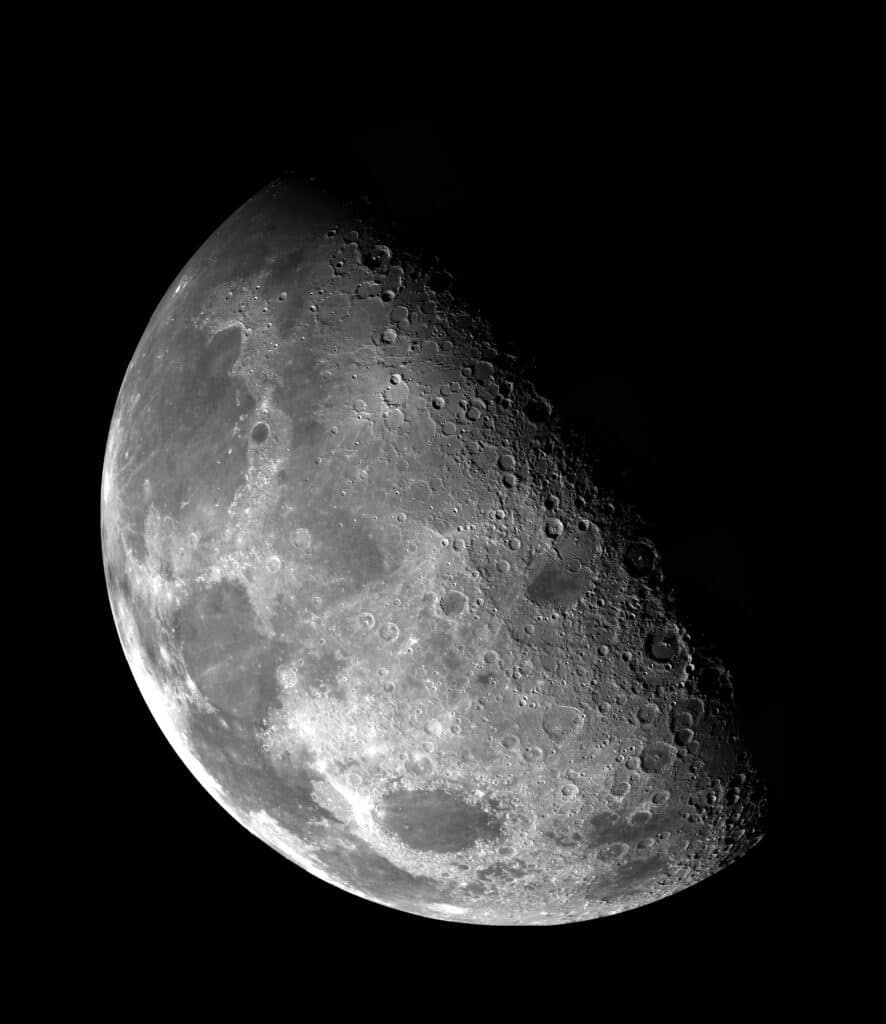
The existing method for determining the Moon’s surface age, known as crater counting, has produced divergent results when compared to analyses of rock samples collected during the Apollo missions. This discrepancy was particularly noticeable in the Moon’s light regions, known as the Highlands.
The researchers embarked on the mission to reconcile these disparities, linking individual samples from the Apollo missions to the number of craters in their respective areas. This essentially reset the “crater clock” and also involved cross-referencing data from various Moon missions, including the Chandrayaan-1 from India. Their meticulous process, which commenced in 2014, led to a significant revelation: the age of the Moon’s surface could be pushed back by up to 200 million years.
For instance, the age of the Imbrium Basin, home to the vast “lunar sea,” the Mare Imbrium, which is visible in the upper left quadrant of the Moon, has been recalculated from 3.9 billion years ago to 4.1 billion years ago. The researchers emphasize that this adjustment does not affect the overall estimation of the Moon’s age, only the dating of its surface. Importantly, the revised dating has varying effects on different parts of the Moon’s surface, with the oldest regions exhibiting the most significant changes.
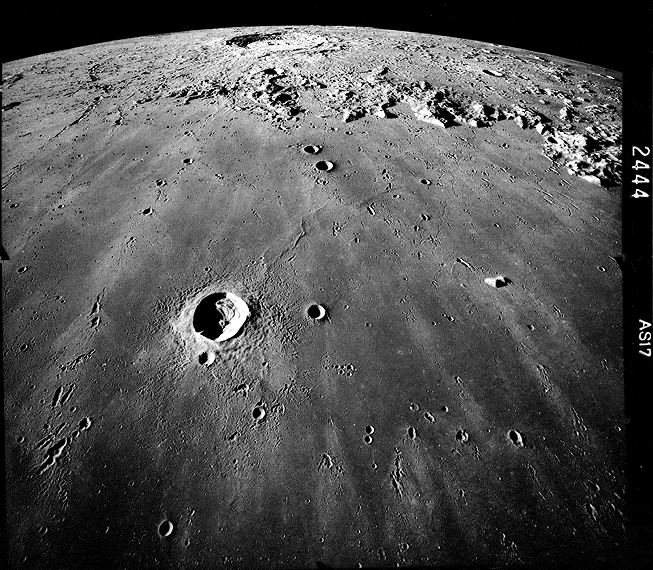
“This is an important difference,” explains Werner. “It allows us to push back in time an intense period of bombardment from space, which we now know took place before extensive volcanic activity that formed the ‘Man in the Moon’ patterns—the mare volcanic plains, including Mare Imbrium.”
The successful lunar sample return programs, such as Apollo, Luna, and Chang’e, have connected rocks with their specific lunar locations. By integrating these observations with impact data recorded by lunar rocks, Professor Werner and her team have extended the timeline of intense bombardment experienced by terrestrial planets.
This new understanding of a heavy bombardment phase could have profound implications for the origins and early evolution of life not only on Earth but potentially on other planets, such as Mars. “Bringing back rock samples from Jezero Crater on Mars will be the next giant leap forward to search for signs of ancient life on another planet in the Solar System, and when.”
The research is published in The Planetary Science Journal.
